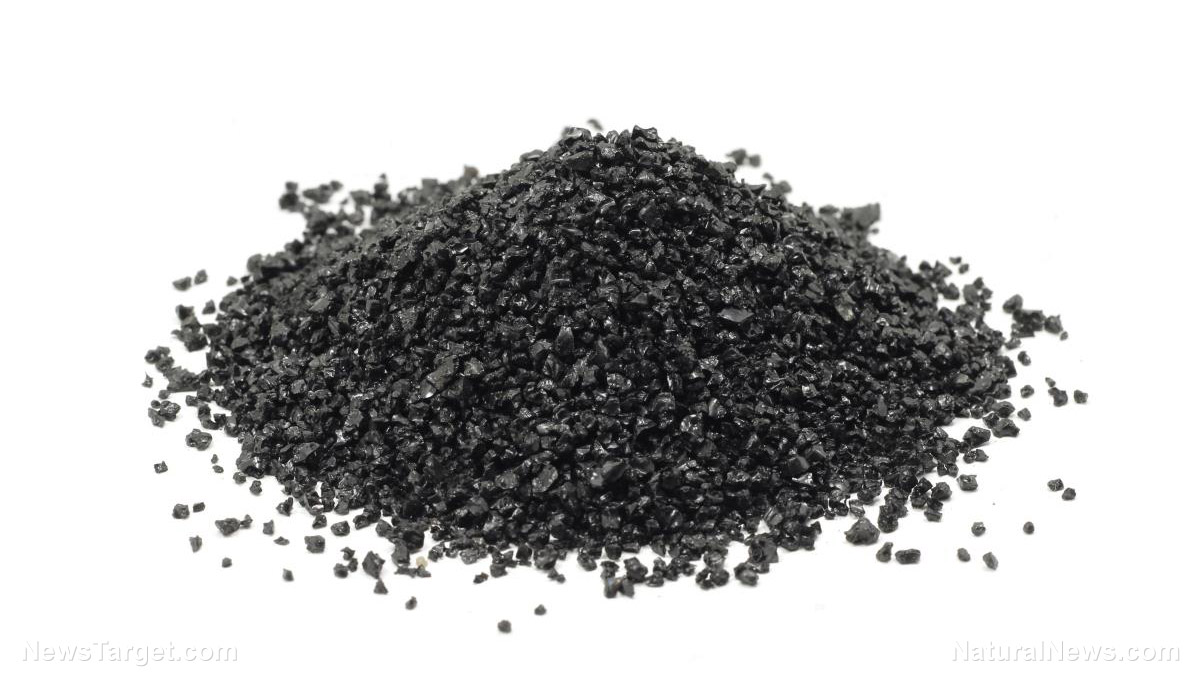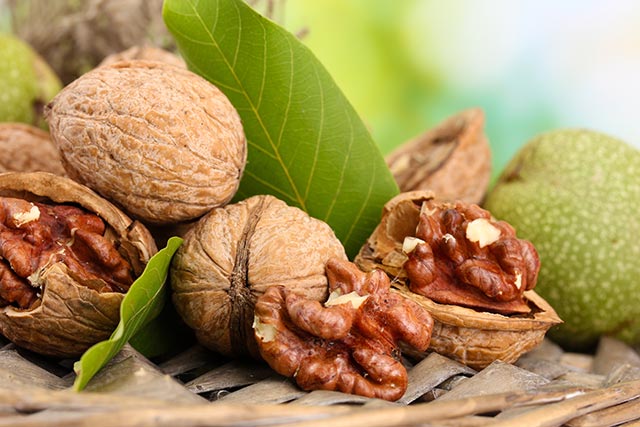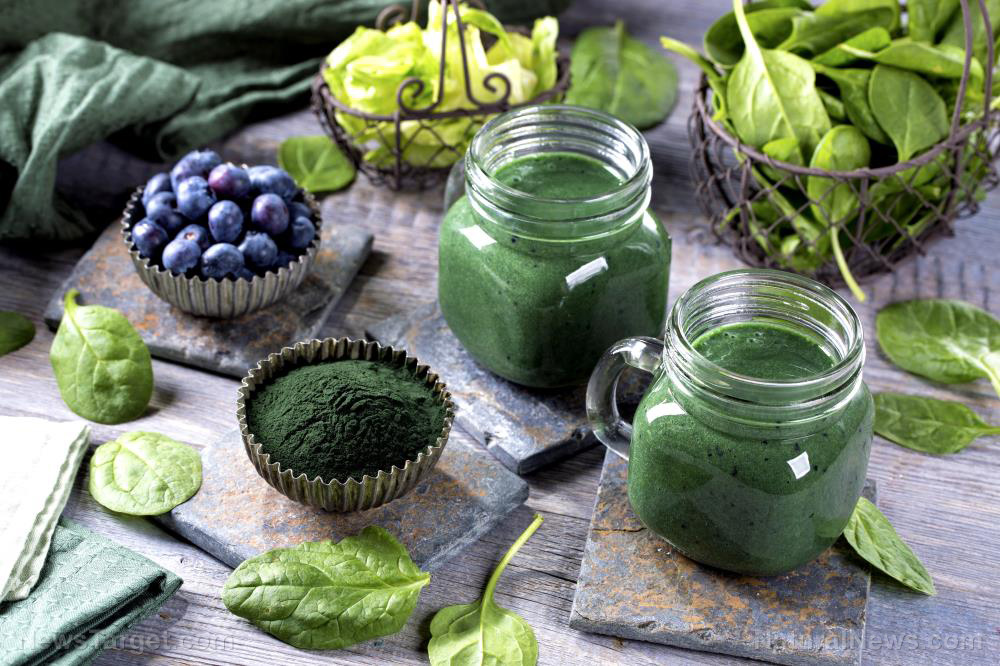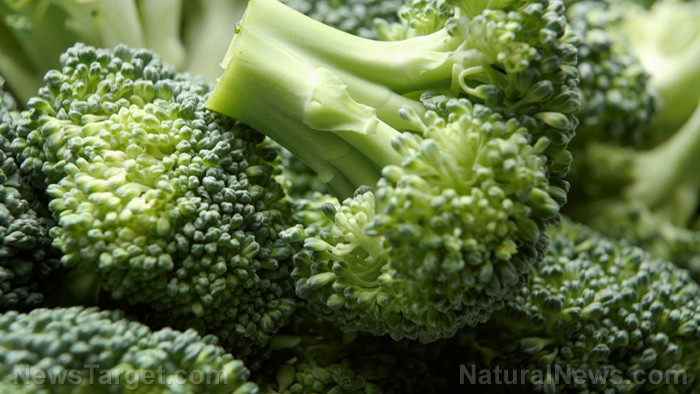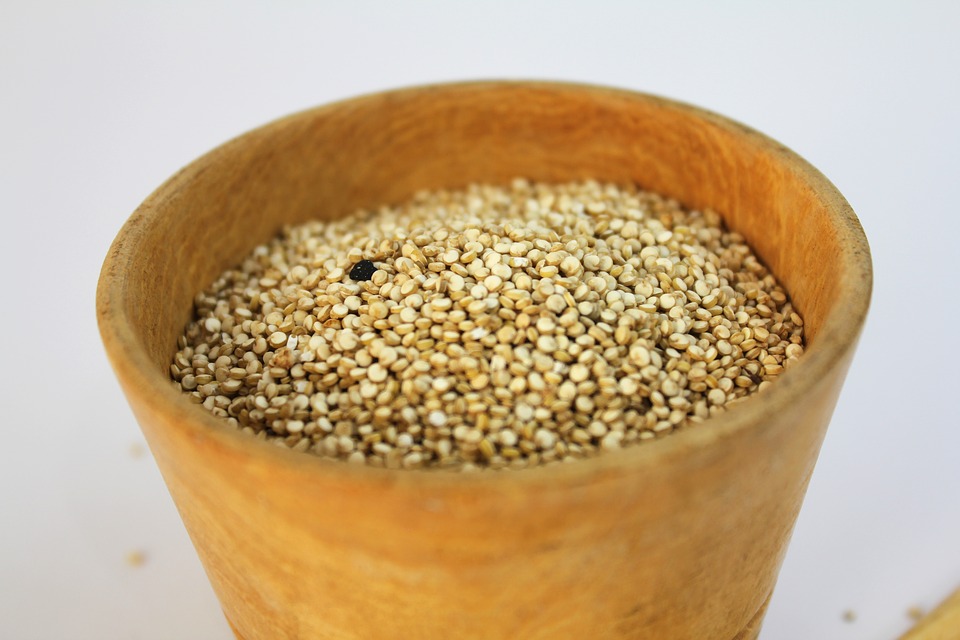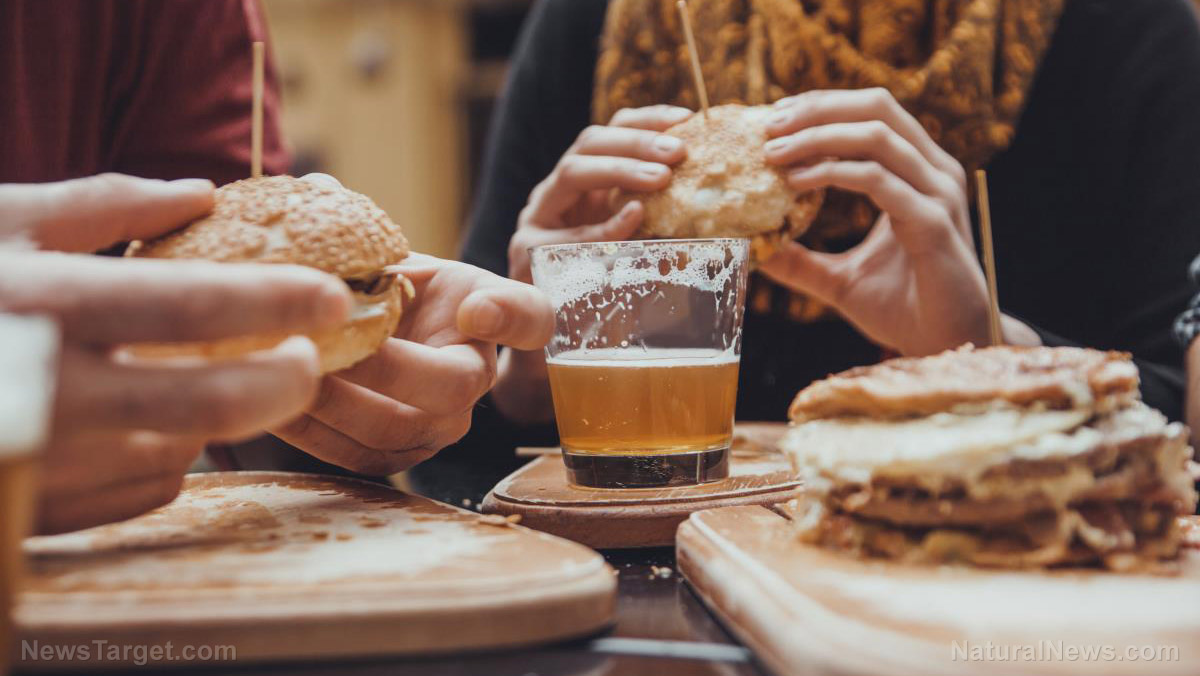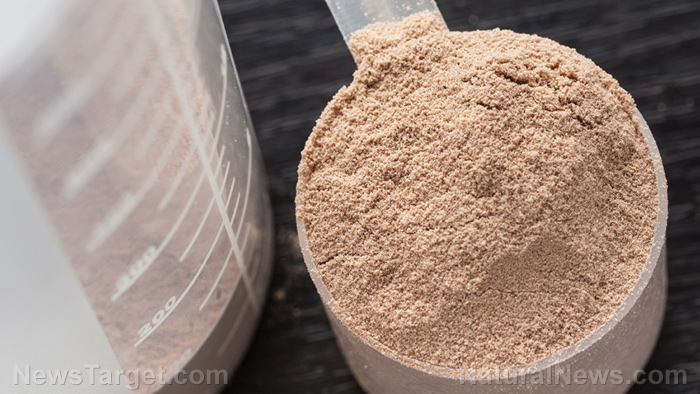Empty nutrition: How flavor technology led to a massive deterioration of food quality
02/11/2019 / By Janine Acero

We are told to “never choose style over substance,” and it appears that that same saying can be applied to food. Many people choose flavor over nutrition, sacrificing their health in the process.
In his book, The Dorito Effect: The Surprising New Truth About Food and Flavor, award-winning journalist and author, Mark Schatzker, asks “Why does food have flavor?” as he highlights the impact of the introduction of artificial flavoring into the industrialized food supply.
“I would visit a ranch and there would be a field of pregnant cows and a field of steers. The rancher would say, ‘Oh, the pregnant cows are in a field of clover because they need a lot of protein [when] they’re pregnant.’ Cows don’t even know what protein is, so how does a cow know what to eat?”
Schatzker says flavor has something to do with it. “Flavor feedback,” as he calls it, occurs in animals as they instinctively seek out the flavors that provide the specific nutrients they need.
If flavors guide animals to the foods they need, Schatzker wonders if it works the same way for humans.
For humans, flavor and nutritional value seem to go hand-in-hand, which isn’t necessarily the case.
Flavor enhancement using chemicals
In the 1950s, marketing executive Archibald Clark West, who worked on the Jell-O Pudding account, became the vice president of sales and marketing for the Frito company. A chance stop at a Mexican food shack led him to discover the tortilla chip.
West presented the concept of his very own line of tortilla chips to his colleagues, who weren’t impressed at all. They argued that their company was already making Fritos, which was kind of the same thing.
Undeterred, West raised funds on the side and used an off-site facility to develop his idea. He named his tortilla chips “Doritos,” which loosely translates to “little pieces of gold” in Spanish.
The Doritos chips initially didn’t sell like hot cakes. The first batch that went to market were simply salted tortilla chips. People in the Southwest, where Hispanic culture was prevalent, enjoyed tortilla chips by dipping them in salsa. The rest of the country didn’t get it. They complained that Doritos sounded Mexican, but lacked the characteristic Mexican taste.
West then thought of making his Doritos chips taste like a taco. Up until this time, foods had their own intrinsic flavors; if you wanted something to taste like strawberries or blueberries, you had to use real berries, and so forth. Some people speculate that West took inspiration from his friend Lawrence Frank, the inventor of Lawry’s seasoned salt, to change the flavors of food through the use of chemicals.
Chemical flavorings turned what was basically pieces of fried cornmeal into a snack which, while they didn’t taste exactly like tacos, had that tang and zest that forever made junk food as addictive as it is today.
Furthermore, people back then dipped tortilla chips in relatively healthy things like tomato salsa or bean dip. With the addition of chemical flavorings, the chips tasted good on their own.
Schatzker says the invention of food flavoring is a very important moment in the history of food culture.
“Up until that point, roughly speaking, flavor had been the domain of Mother Nature. Now, it was up to, literally, the folks who worked in marketing,” he says.
How artificial flavor technology impacted food quality
Artificial flavoring, as revolutionary as it is for people in the food business, has caused the massive deterioration of food quality. With flavor technology, you can make food taste like something it is not. Flavor technology can even make nutritionally empty foods taste “healthy.”
Flavor is supposed to indicate the nutritional content of food. Chemical flavorings have radically changed the way people perceive the nutritional value of the foods they eat. Processed food manufacturers have produced food with virtually no nutritional value, and even negative nutritional value, but because of the great taste and aroma, consumers gobble them up thinking they are eating something wholesome.
“We tell people you need to eat more fruits and vegetables, you need to eat more whole foods, but what have we done?
“We’ve made those whole foods blander, less delicious than ever, and we’ve made the processed foods more delicious than ever,” says Schatzker.
Schatzker adds that people instinctively seek flavor in every meal, and the introduction of chemical flavorings has led consumers to choose highly processed foods with enhanced taste and aroma, instead of natural flavors.
We all know what came next. As the pockets of processed food manufacturers became heavy with money, the consumers became heavy with unhealthy fats and other toxic ingredients. The Centers for Disease Control and Prevention reports that 36 percent of American adults and 17 percent under 19 years old are obese, and these numbers are expected to increase by 2020.
Obesity has become an epidemic in the U.S., and is the leading cause of major health problems like heart disease, diabetes, and fatty liver, among many others.
Schatzker attempts to understand what has gone wrong with food through the lens of flavor. He believes that there is still hope in bringing real food, with real nutrition, back into everyone’s lives.
Sources include:
Tagged Under: artificial flavor, chemical flavoring, deception, Dorito effect, Doritos, fast food, flavor technology, food addiction, food science, natural flavor, nutrition, obesity, toxic ingredients





